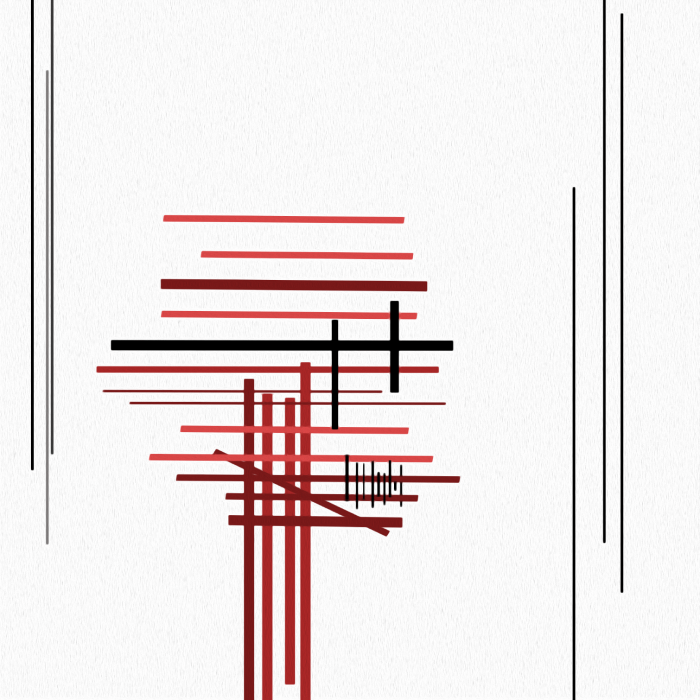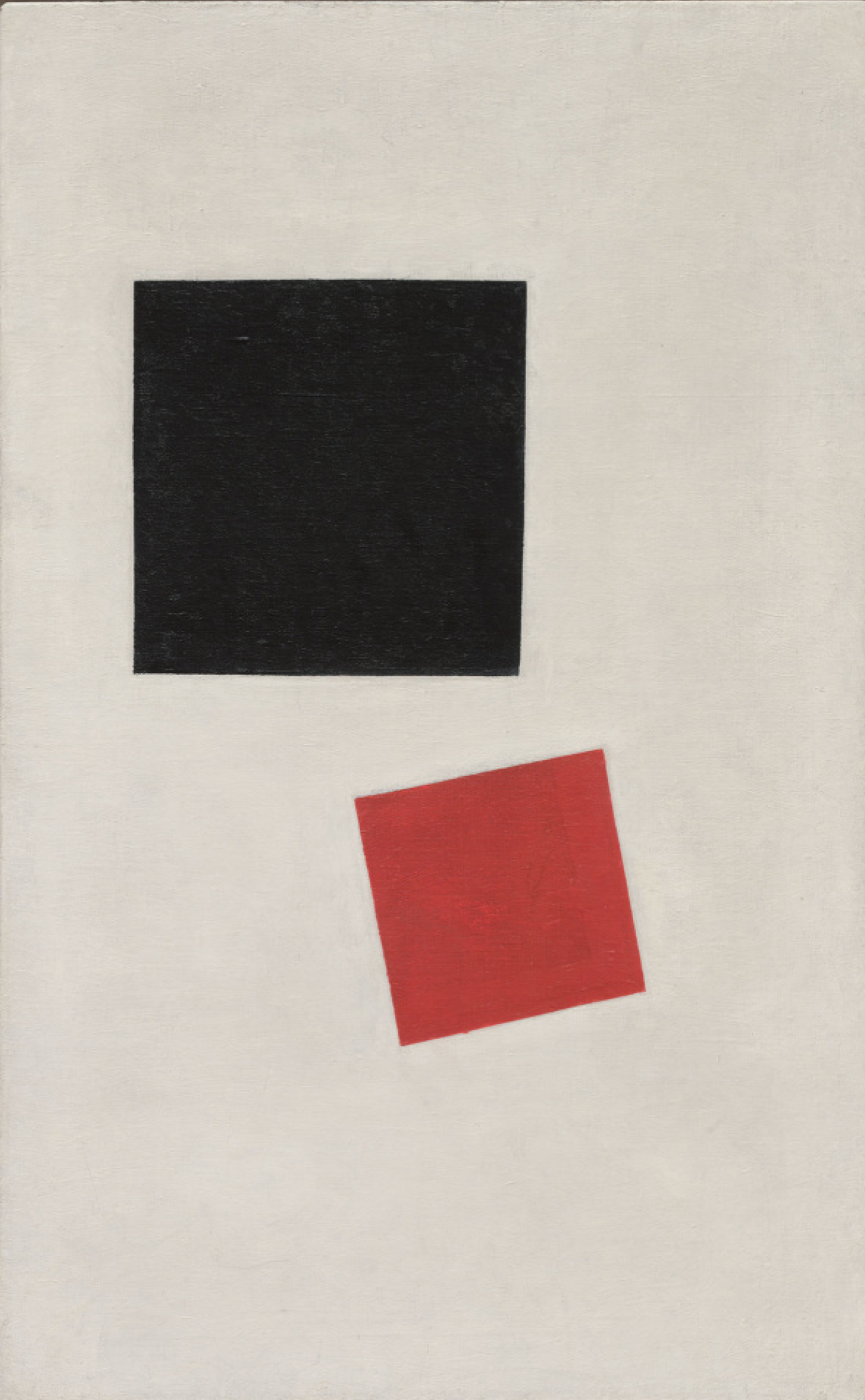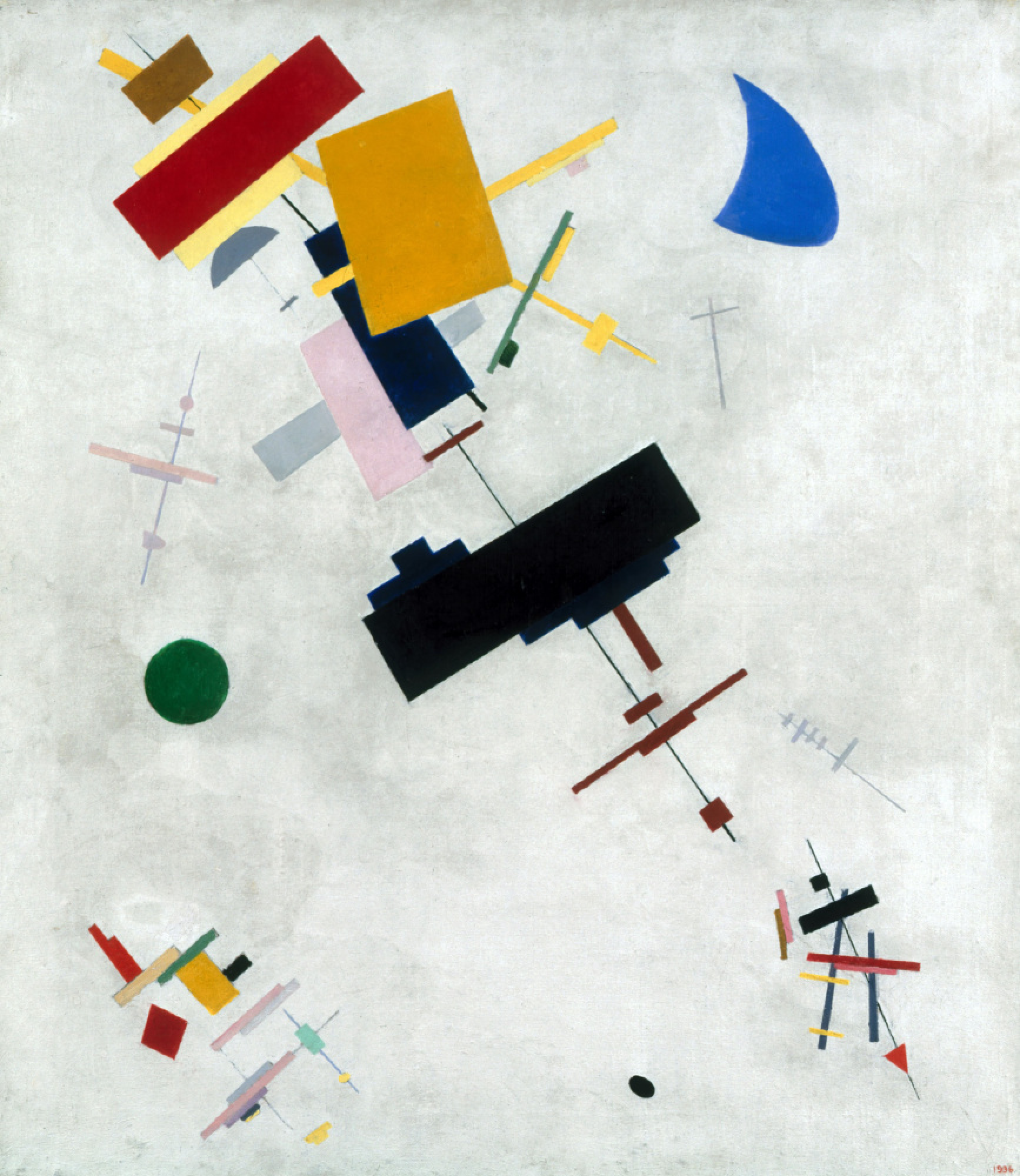SupremePunk #066

A boy with a stick
This Punk is inspired by CryptoPunk #2387 and artworks of Gubarev. 66 Punk is our own interpretation of Kazimir Malevich's "Boy with a Backpack" (Black and Red Squares), 1915. But here we decided to go further than usual and try to rethink the place of one color in the system of coordinates created by Kazimir Malevich. Namely red. All we have taken from the original work are the two colors (red and black) and the subject himself, who is perhaps veiled in the painting (the boy with the satchel). Malevich used these two colors most frequently in his works - they could be both minor elements (Suprematism No. 56, 1916) and the only ones on the entire canvas (Black Square, 1915.

Kazimir Malevich — A boy with a knapsack, 1915
To begin with, let's look at the original work. According to one version, the idea for the painting appeared when Malevich, returning home across a snow-covered field, saw a schoolboy walking ahead and decided to depict, as it were, a view of him from above. This is one of the earliest works in which Malevich applied the theory of Suprematism. That is, here he essentially combined his "alpha", the Black Square, with another letter for the first time. Earlier his works were monotonous either in color or in subject: one square, one color, four squares of the same color, etc. Here, however, it is as if, having finished creating his alphabet, for the first time he utters a word in a new language. And this word carries an even greater mystery than the language itself or even the Black Square. If in his squares, Kazimir Malevich allowed for object-free reflection and contemplation of a single color, here he clearly indicated what was depicted on the canvas. In fact, the question of whether the boy and the satchel are really depicted here remains open. If we stick to its title, it is especially important to note how Malevich's colors are contrasted with the traditional representation. Usually red is perceived as everything alive and dynamic, and black as inanimate. Here the boy is depicted in black, therefore, the artist deliberately destroys our usual idea of color.
Taking into account the later works of Kazimir Malevich, we can conclude that the red here may depict longing and inner sadness. This idea can be tried to apply to this work - what is in the boy's backpack, which causes sadness for the artist? If you approach it from the other side and consider that the title does not correspond to the content, then you can try to mathematically add up the values of the red and black squares to get the meaning of the painting. Just as a painter mixes paints, each of us has to mix by himself what he has taken from the "Black Square" and the "Red Square" and mix it in his soul. What you get may be a variant of the very formula that will bring you closer to understanding Suprematism.

Kazimir Malevich — Suprematism No. 56, 1916
In this work, we depicted the profile of a person, with clearly defined facial features intentionally, as if to contrast with what Malevich created. Moreover, we have changed the "purpose" of the colors: living objects are painted in red, everything else in black. Here red is seen as inherent in all living things, like blood flowing through the veins. Therefore, the arrangement of the elements makes this painting dynamic. However, even though it is a symbol of life, we wanted to convey in red the vulnerability and sense of anxiety and fear, which also to a certain extent and in their own way define all living things. It defines the human being particularly well. Man is the crown of nature's creation, the only creature that has not simply adapted to natural conditions, but changes them around him and creates a second nature - anthropogenic. And with all this, man remains an extremely vulnerable and fearful creature. His vulnerability can be either physical or psychological. However, in both cases, man can turn from a master of the world into a defenseless creature. And it is precisely this state that we wanted to convey in Punk. In order to reinforce the sense of defenselessness, we chose this particular arrangement of figures that resembles the circulatory and muscular system - as if a person had no skin. This makes Punk more vulnerable. The emptiness and unfilled space is the fragile shell in which the human being is imprisoned. A shell that, at any moment, can interrupt the existence of the great mind or make it.

Buy

Gallery:
CryptoPunk #2387 that has been taken as a base

Your transaction is in progress

You have connected to the wrong network

Transaction is successful!


